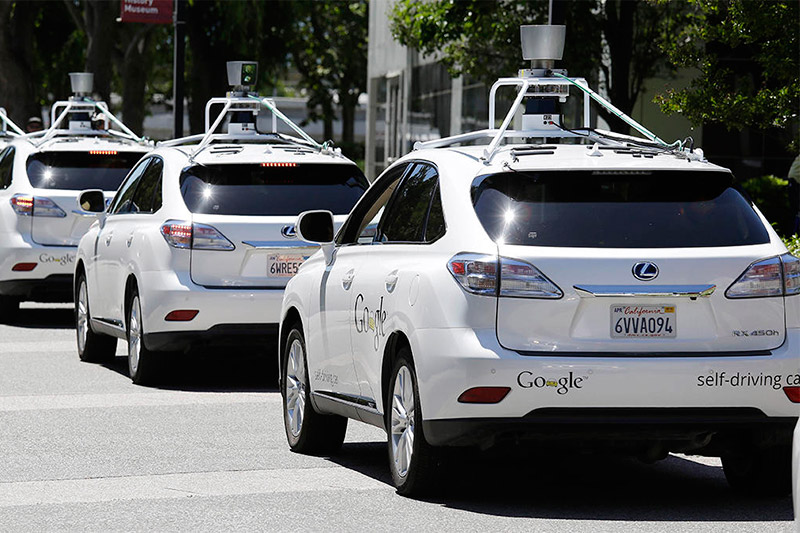Foresight UK predicted the year 2056 to be the launching date of autonomous vehicles on the roads and the Free University of Berlin called for 2040, the year 2020 has been pinned down by Volvo, the US Department of Transportation and Dennis Bushnell of NASA.
In the UAE, Matter al Tayar, Chairman of the Roads and Transport Authority (RTA) is currently mulling the use of smart autonomous vehicles in Dubai as part of efforts to utilise sophisticated technologies in achieving smart mobility with the aim of applying the concept during Expo 2020.
The RTA explains how the technology works in its Innovation Exhibition stalled at Noor Metro station during Innovation Week. It states that unlike a human driver with limited situational awareness, an autonomous car can continuously monitor a broad range of aspects, active and passively, with a 360 degrees field of view.
It can thus determine a safe reaction to a potential hazard more quickly and initiate the reaction faster than a human driver. Filled with robots and instant real-time information, driverless cars make safety a primary benefit.
With all these technological advances, however, there are fields where the driverless car comes short compared to the brain. For example, the finest digital camera sensors today are around 50 megapixels, while the human eye sees details equivalent to 576 megapixels.



